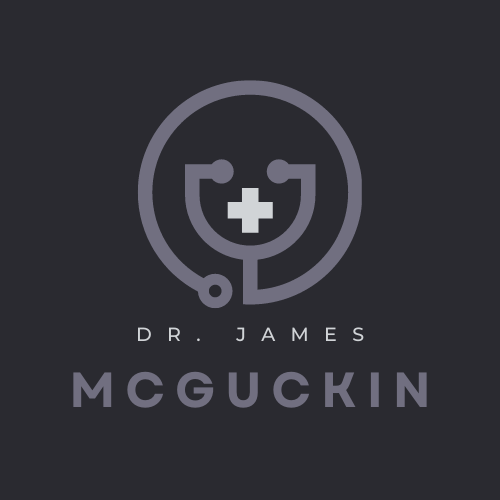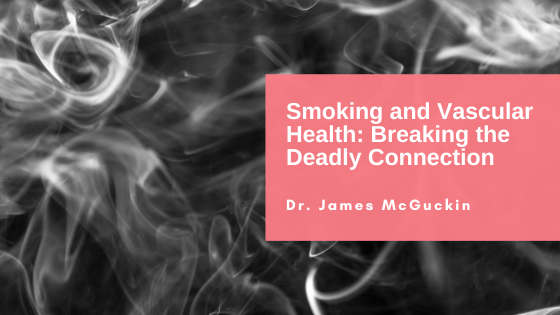Smoking has long been recognized as a leading cause of preventable deaths worldwide. It is closely associated with various health problems, from lung cancer to heart disease. However, one of the most insidious connections between smoking and health is its impact on vascular health. Smoking poses a significant threat to our blood vessels and the circulatory system, and understanding this link is crucial in the fight against tobacco addiction.
Vascular health refers to the overall well-being of our blood vessels, including arteries and veins. These vessels are responsible for transporting oxygen and nutrients throughout the body, making them a vital component of our circulatory system. Smoking, with its cocktail of toxic chemicals, causes widespread damage to these delicate structures.
Nicotine, a highly addictive component of tobacco, plays a central role in affecting vascular health. It raises blood pressure and heart rate, increasing the workload on the heart. This results in higher stress on the arteries, causing them to stiffen and narrow, a condition known as atherosclerosis. Atherosclerosis is the buildup of fatty deposits in the arteries, and it is a leading cause of strokes and heart attacks. Smoking exacerbates this process, greatly increasing the risk of these life-threatening events.
Another significant consequence of smoking is the reduction of blood flow. Smoking causes the blood to thicken and become more viscous. As a result, the risk of blood clots and thrombosis increases. Blood clots can block the flow of blood, leading to a heart attack or stroke when they occur in coronary or cerebral arteries, respectively. It’s no exaggeration to say that every puff of smoke is a step closer to these devastating events.
Smoking also affects the inner lining of the blood vessels, called the endothelium. The toxic chemicals in tobacco smoke damage the endothelium, impairing its ability to produce nitric oxide, a molecule that helps regulate blood vessel tone and keeps them dilated. When this balance is disrupted, the risk of high blood pressure, arterial spasms, and further damage to the blood vessels increases.
But it’s not all doom and gloom. The good news is that quitting smoking can have a profound impact on vascular health. Research has shown that within just a few hours of quitting, blood pressure and heart rate start to return to normal. Within a few weeks, circulation improves, and the risk of blood clots and stroke decreases. Over time, the arteries can begin to heal, and the risk of atherosclerosis declines.
Breaking the deadly connection between smoking and vascular health requires a multifaceted approach. Public health campaigns should continue to raise awareness about the risks associated with smoking, especially in relation to vascular health. Providing accessible smoking cessation programs, support, and resources is essential to help individuals quit. Many countries have implemented plain packaging and graphic warning labels on cigarette packs to deter smokers, which has proven to be effective.
Individuals also need to take responsibility for their health and make the choice to quit smoking. It’s not an easy journey, but the benefits are immeasurable. Improved vascular health is just one of the many positive outcomes of quitting smoking. From better lung function to a reduced risk of cancer, the body can begin to heal itself when tobacco is removed from the equation.
The connection between smoking and vascular health is a deadly one. Smoking wreaks havoc on our blood vessels, leading to a host of cardiovascular problems. Quitting smoking is the most effective way to break this connection and safeguard your vascular health. It’s never too late to quit, and the rewards for doing so are boundless – a healthier, longer life free from the devastating consequences of smoking.

